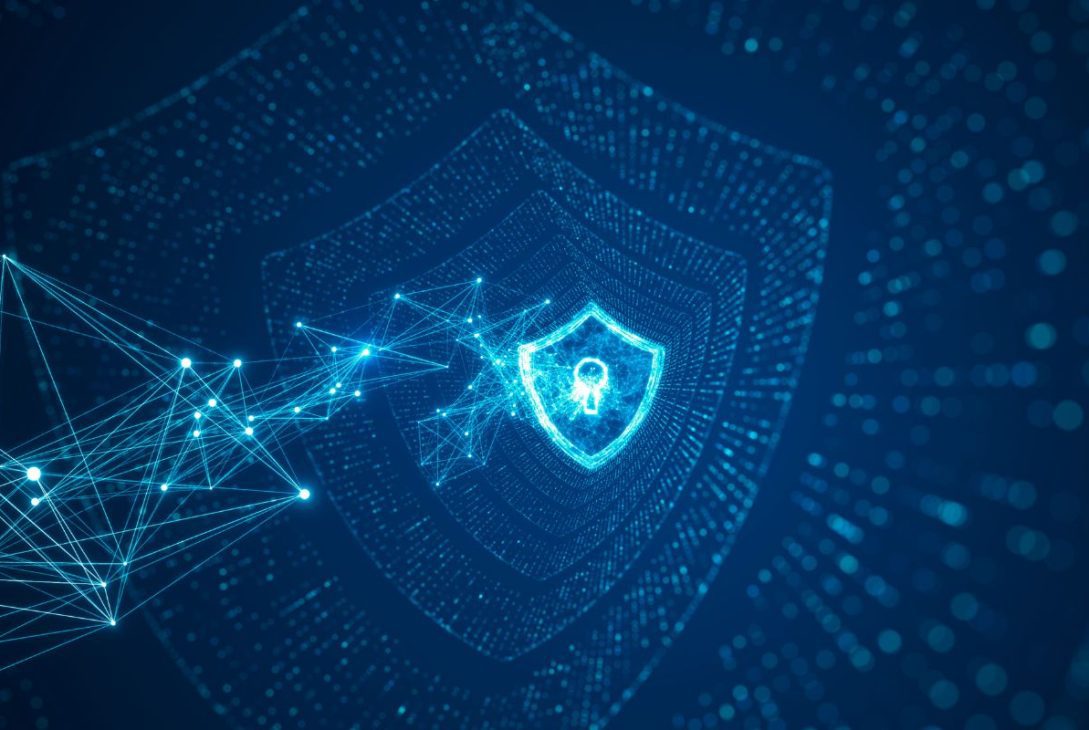Executive-level strategies for reducing digital vulnerability
Cybersecurity is no longer a technical concern relegated to IT departments. In today’s interconnected business environment, it is an executive priority-an integral pillar of enterprise risk management and operational continuity.
With increasingly distributed workforces, SaaS reliance, and growing compliance demands, leadership teams must move beyond reactive strategies. The foundation? Three critical tools that are accessible, scalable, and impactful: password managers, two-factor authentication (2FA), and virtual private networks (VPNs).
Credential Management with Password Managers:
Storing passwords in browsers or spreadsheets is not only outdated-it’s dangerous. Centralized password management platforms like 1Password and Dashlane offer encrypted storage, password generation, and breach monitoring. More importantly, they enable seamless role-based access for dynamic teams, which is essential for maintaining operational integrity during onboarding and offboarding cycles.
Access Control with Two-Factor Authentication:
Two-factor authentication represents the simplest form of identity assurance. When deployed across cloud platforms, internal tools, and critical business systems, 2FA significantly reduces vulnerability to phishing, credential stuffing, and brute-force attacks. Enterprise-grade solutions like Duo or Microsoft Authenticator integrate cleanly with existing infrastructure.
Network Integrity via VPNs:
Public networks remain one of the most exploited vectors for data interception. VPNs encrypt traffic and shield IP addresses-critical for organizations operating in hybrid or remote models. Beyond security, VPNs also support regulatory alignment (e.g., GDPR, HIPAA) when transmitting sensitive data.
Also Read: Why Cybersecurity Should Be a Boardroom Issue for Small and Mid-Sized Firms?
Embedding Security into Operational DNA:
Leadership must position cybersecurity not as a series of apps, but as an ethos embedded into company culture. This includes:
– Security-first onboarding protocols
– Mandatory 2FA across critical applications
– Quarterly credential hygiene audits
– Clear ownership of internal security governance
Conclusion:
Executive leadership must anticipate-not react to-threats. Implementing these three tools doesn’t require technical expertise. It requires strategic foresight and a willingness to take digital risks as seriously as financial ones.
The question is not if your company will face a security incident. It’s whether you’re prepared to prevent it-or recover with credibility.









